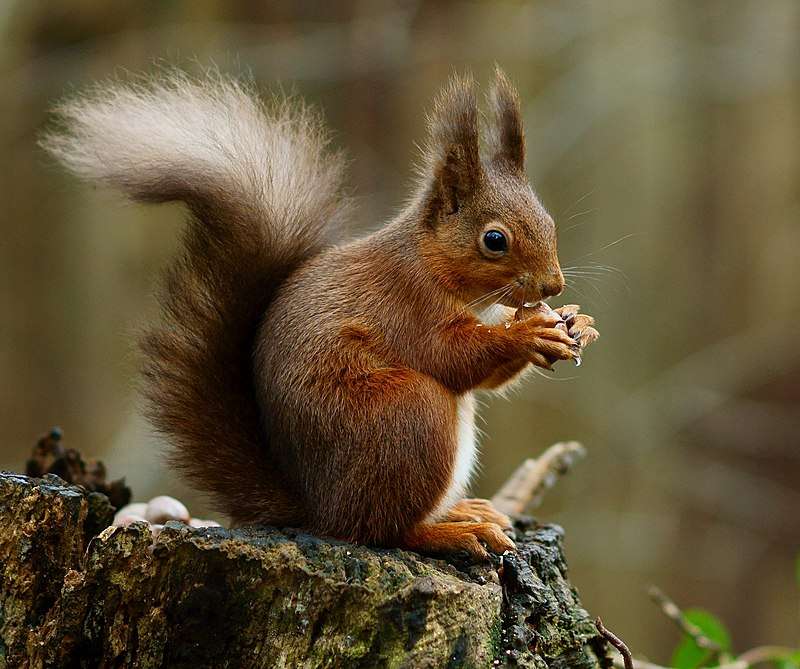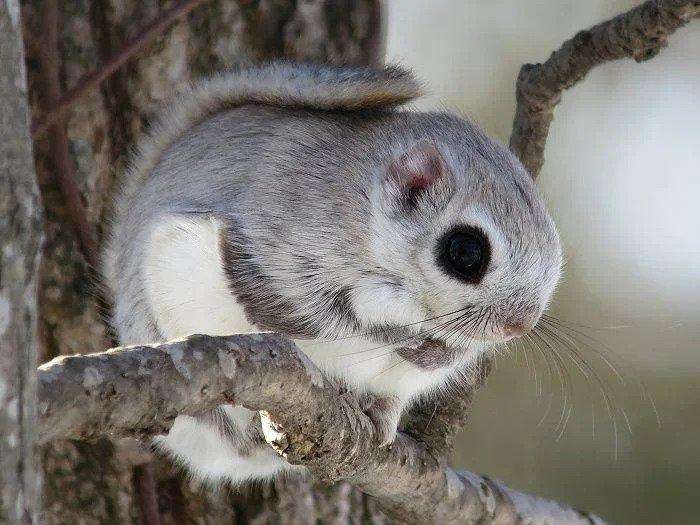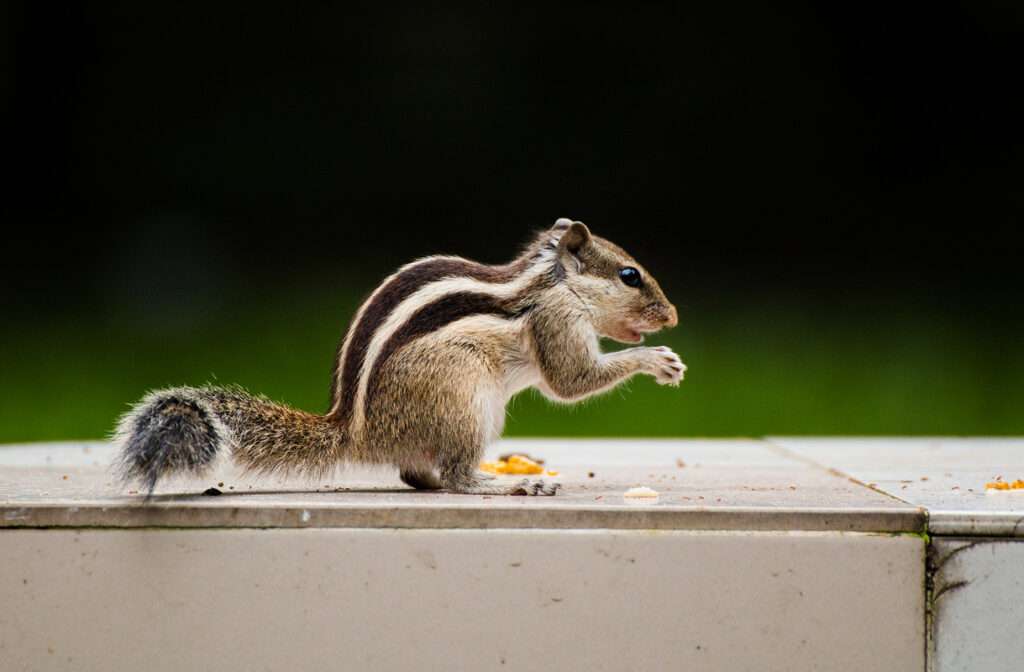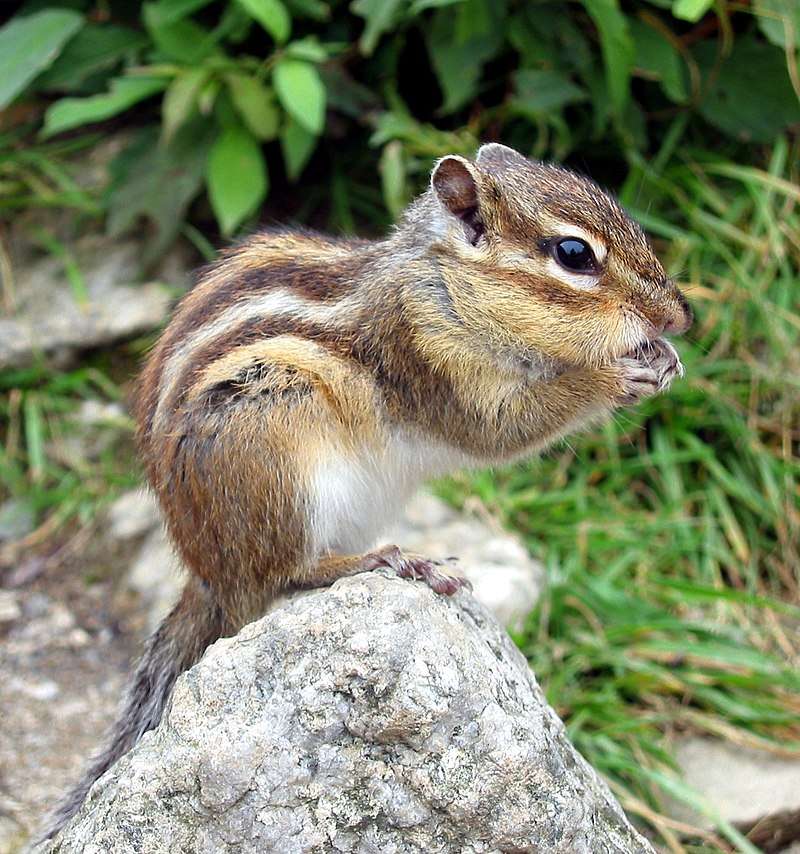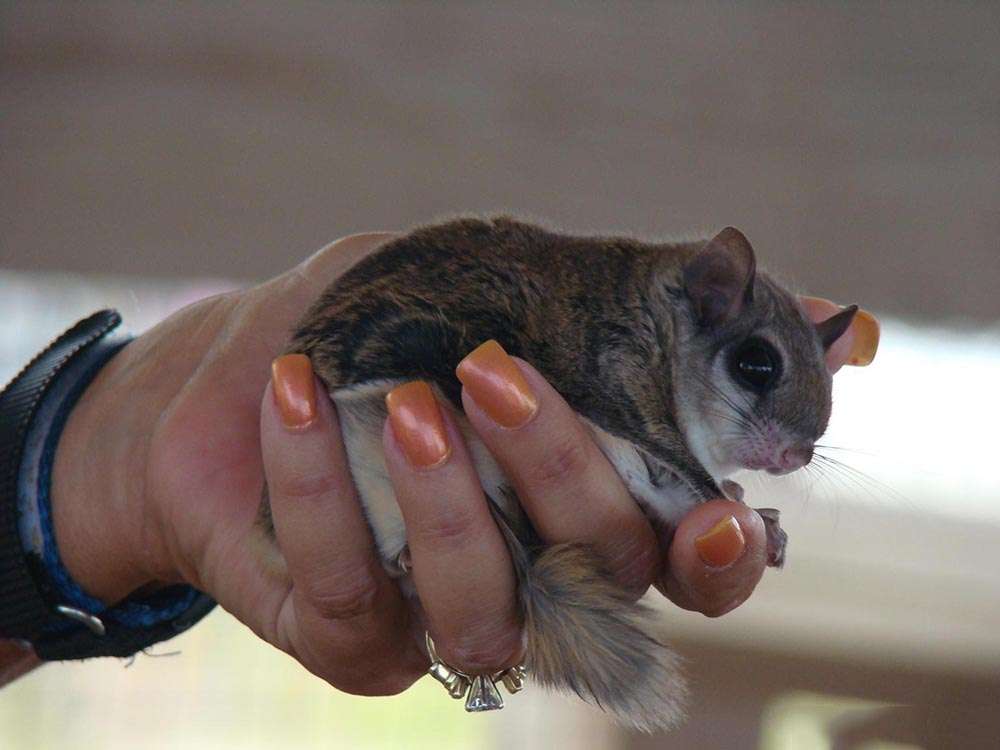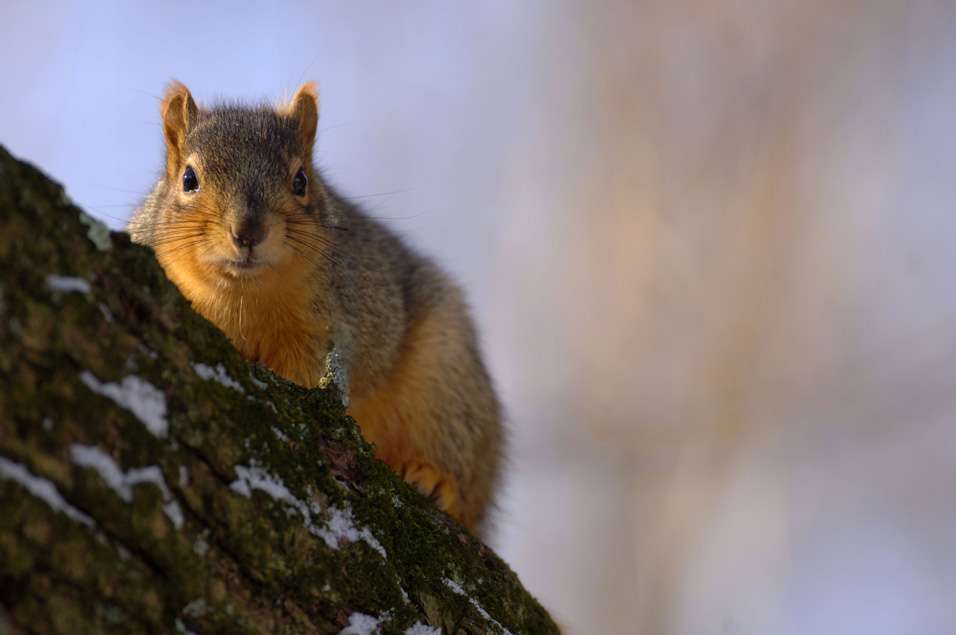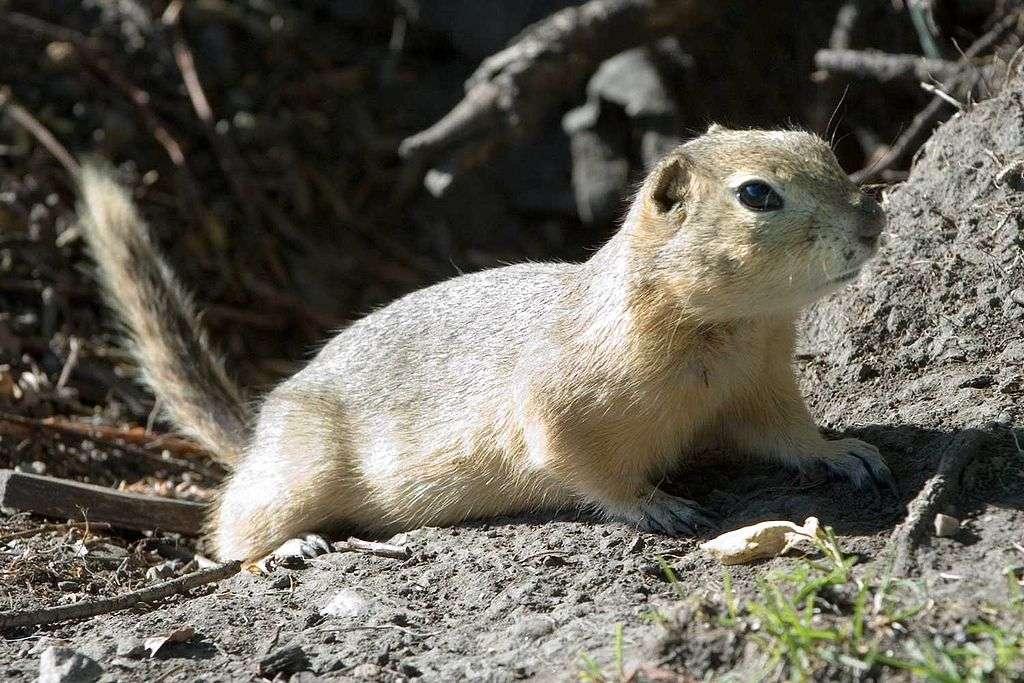Northern Flying Squirrel
Description A rodent from North America with long whiskers and a flattened tail is called a northern flying squirrel. In actuality, this mammal glides instead of flying by exploiting the skin fold between its wrists and ankles. The animal can ‘fly’ when gliding because this skin fold stretches, acting as a rudder in contrast to […]
Northern Flying Squirrel Read More »



